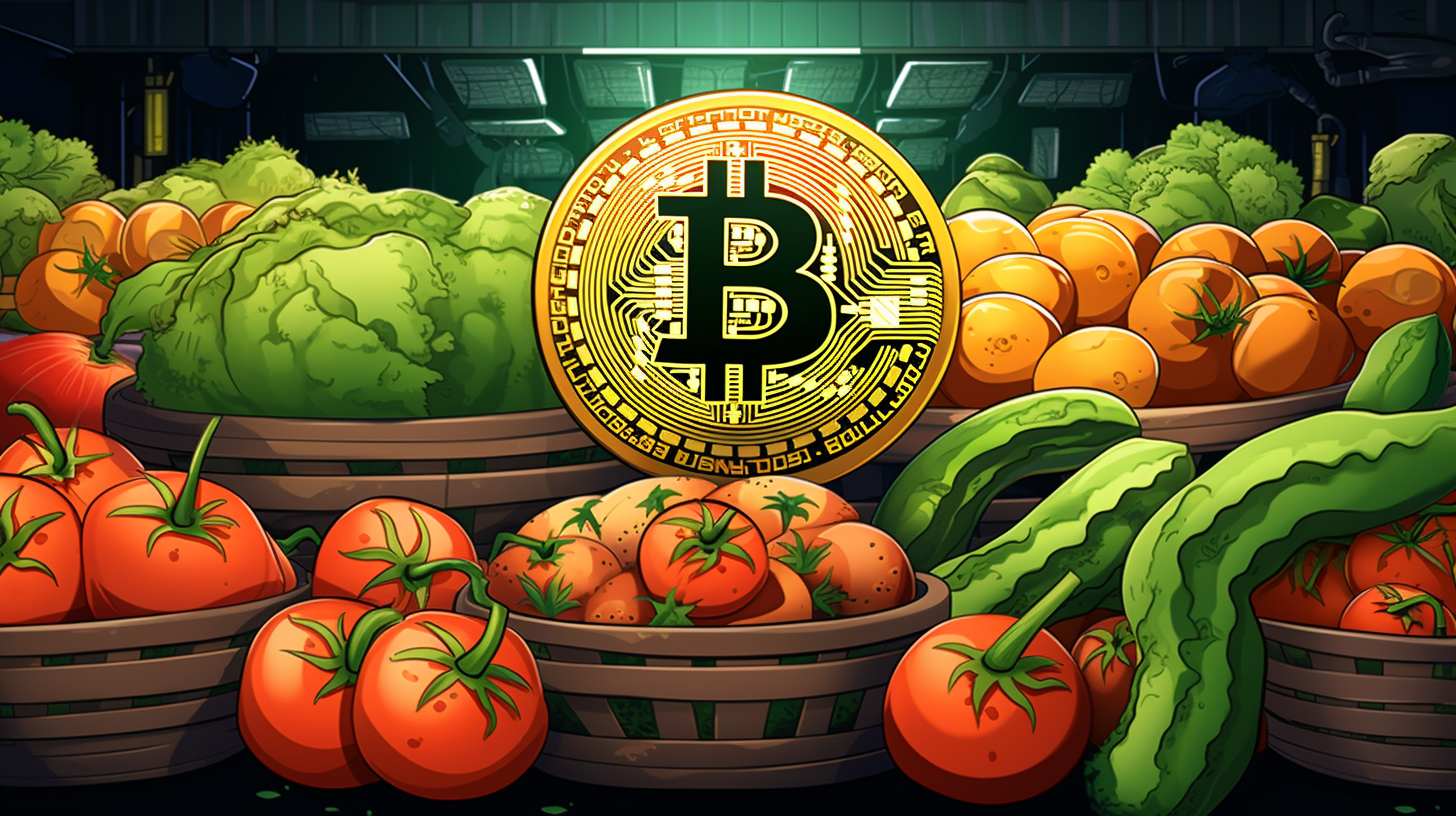Imagine a world where every morsel of food you ingest can be traced back to its roots—not just to the farm, but to the very soil it sprouted from. In today’s hyper-connected society, blockchain technology has weaved its way into agriculture, ensuring that the journey from farm to fork is transparent and tamper-proof. Welcome to the future of food security—Encrypted Edibles.
Let’s take a hearty bite into how blockchain is revolutionizing our food supply chain. Far from its origins as the backbone of cryptocurrency transactions, blockchain has now sown seeds in fields as diverse as voting systems, healthcare records, and, deliciously, the food industry.
From Farm to Blockchain
The idea is appetizingly simple yet revolutionary. Each step a product takes is recorded: planting, harvesting, processing, shipping, and finally, the sale. This process infuses the supply chain with unparalleled levels of verification and trust. Provenance is no longer just a word for food critics but a cryptographic promise to consumers—a digital ledger for their lettuce, a blockchain for their bread.
Food Fraud: A Bitter Dish
Why the need for such a robust system? Food fraud, a deceptive practice that can put consumer health at risk and tarnish brand reputations, may become a thing of the past. Mislabeling, dilution, counterfeit—these bitter ingredients can drastically reduce the quality and safety of food. Blockchain serves as a deterrent to such malpractices, its ledger acting as a whistleblower that’s virtually incorruptible.
Traceability: Farm-To-Table’s Digital Twin
Consumers increasingly want to know the story behind their steak—the breed of cattle, the diet they were fed, even the ethical stance of the company they are supporting. Blockchain technology makes this not only possible but also practical. By scanning a QR code on the packaging, a digital history unfolds, offering peace of mind with the transparency consumers crave.
Smart Contracts: Sealing Deals with Digital Certainty
With blockchain, smart contracts automate payments and transfer of ownership when certain conditions are met, ensuring farmers and suppliers are paid promptly and fairly—a stark contrast to traditional models that often leave them waiting. Consumer trust blossoms, and waste withers, as real-time tracking allows for better demand forecasting and inventory management.
Challenges on the Menu
The road to widespread blockchain adoption in the food industry isn’t without its obstacles. There’s a deep-seated need for digital literacy and technological infrastructure, particularly in rural farming communities. Interoperability among different blockchains must also ripen, ensuring seamless communication throughout the industry’s various layers.
Conclusion: A Smorgasbord of Possibilities
As blockchain technology continues to mature, its integration with the agricultural and food sectors promises a feast of benefits: reducing waste, combating fraud, and ensuring the honest delivery of our planet’s bounties. The encrypted edibles revolution might just be the main course in the banquet of blockchain innovations, fulfilling a hunger for transparency and trust that’s as basic as bread itself. Will this create a culinary utopia where every bite we take is a testament to technology’s reach? Only time—and perhaps the next harvest—will tell.
So, as we toast to a future where blockchain secures our meals as much as our money, let’s savor the thought: in a world simmering with data, blockchain ensures our food’s tale is one of integrity. Now that’s food for thought.
